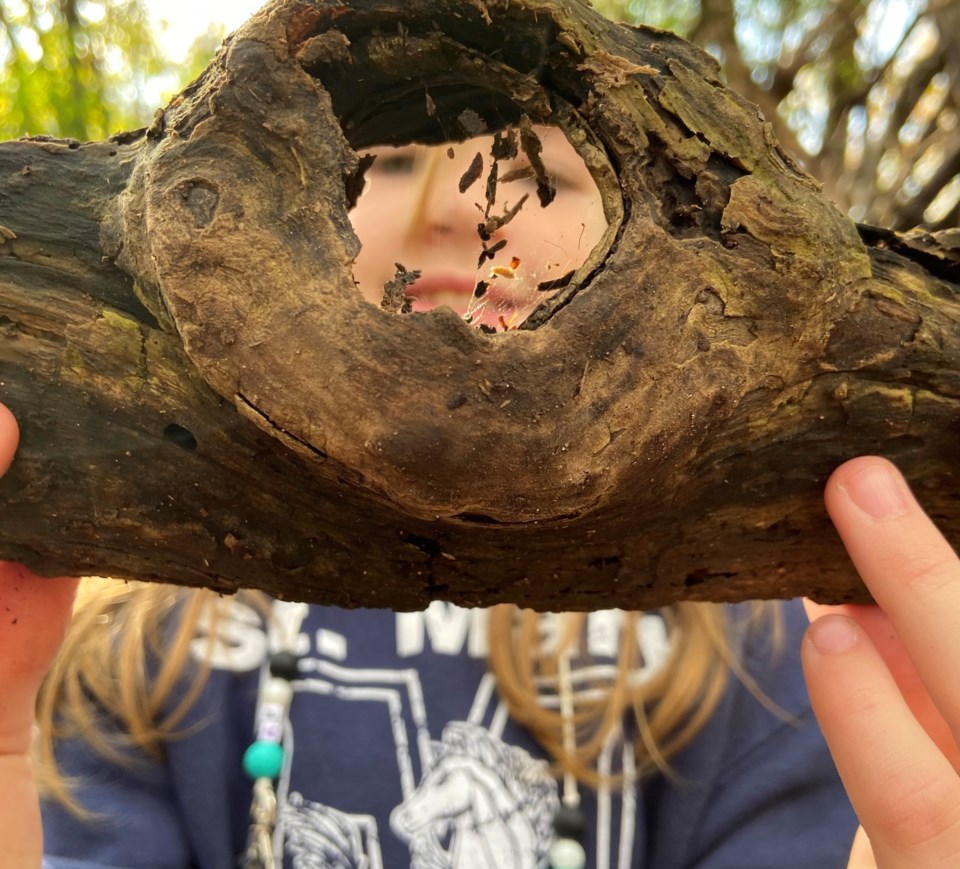The issue of school-aged children spending too much time in front of their screens was a problem long before Covid-19 came along and amplified the issue. The simple fact is, children forced into social isolation and virtual classrooms are going to turn to their devices for entertainment. That’s a reality the Wellington Catholic District School Board (WCDSB) is attempting to change with some innovative new programming designed to reconnect children with their natural outdoor surroundings.
“The idea is simply, let’s get kids outdoors, because the restrictions inside are confining,” said Peter Glaab, the newly appointed resource teacher for the WCDSB’s new Healthy Active Living and Outdoor Education initiative. “They’ve always been that way, but now it’s more. It can be as simple as teachers taking their indoor lessons and teleporting them outside beyond the bricks and mortar. Giving students a break from the masks, seeing faces and breathing in the air.”
At its core, the Health Active Living and Outdoor Education initiative appears to be a simple plan designed to encourage kids to get outside and engage in play in a natural environment. However, Glaab says there’s deeper intent in the programming initiative, especially in light of the growing acceptance of Nature Deficit Disorder as a real condition affecting children whose lives are spent solely in urban environments.
“As a teacher, if you’re a bit more inclined, then it’s actually trying to use the outdoors to provide a lesson and use it for provocations and inquiry,” said Glaab. “That’s where we want to get everyone to be. When we start working in that context, now we’re starting to think about issues affecting nature and our natural environments. We can incorporate that into our studies and start addressing issues right outside of our windows.”
Glaab agreed that teaching students to develop an appreciation for nature could also have long term benefits for Canadian conservation, inspiring students to become future stewards for the natural environments that define the country.
“If you don’t know something, you don’t have a chance to like it or love it,” he said. “And if you don’t like it or love it, you’re not going to protect it. That might be the big picture here. We have to reintroduce kids to nature to help them develop a real appreciation for it.”
In recent years, many school boards have focused more on safety issues than health when it came to outdoor play on school grounds, with individual schools eliminating playground equipment that could be considered risky. That thinking is slowly changing, and Glaab says the outdoor education initiative is a great way for kids to expend youthful energy in a healthy, positive way.
“Even looking at healthy active living, we know that kids move differently outdoors than when they’re indoors. As an example, I was recently with a Grade 2 class enjoying a bit of a scavenger hunt outside. It was amazing go see how differently they moved in this little forested area, clamouring over stuff, tripping, falling, picking themselves up, climbing. They’re moving in so many different ways, developing physical literacy, using different muscles, just playing with nature. You’d never get that in a gymnasium unless the gymnastics equipment was set up. Most school gyms don’t have that equipment anymore.”
While the new WCDSB initiative is still in its infancy, the board is hoping to implement more of this type of nature-based outdoor education programs. And while he’s also new to his current role, Glaab can already see the long-term benefits of the program.
“If I were to paint a picture of the future, every school would have nature spaces outside their bricks and mortar in which students could engage in learning. Every student would have an opportunity to explore their community by foot and have an appreciation and understanding of green spaces. There needs to be a daily dose of Vitamin N and physical activity. That creates healthy people and it creates a health community. With that, you’re going to have better mathematicians, better writers, better scientists, better philosophers. It starts by taking care of this physical element.”
